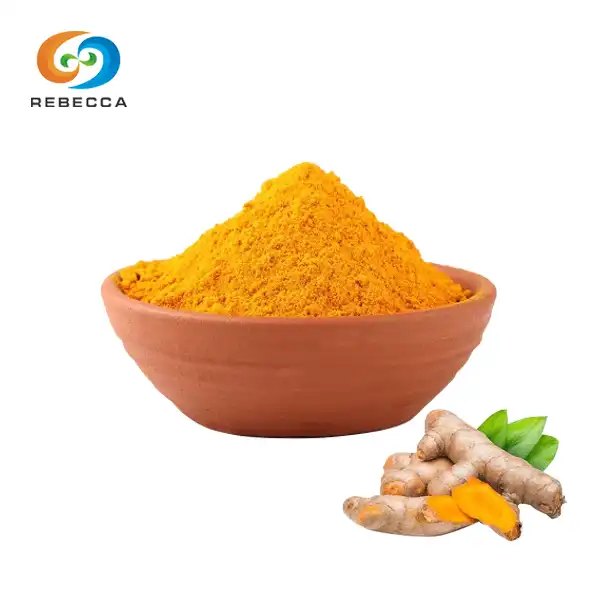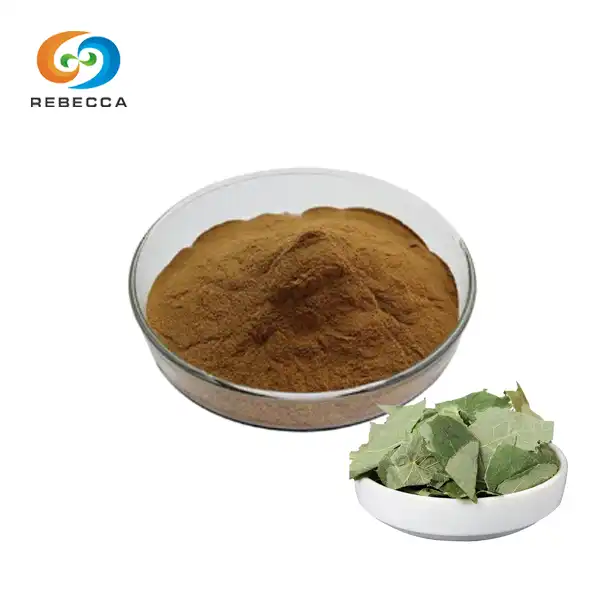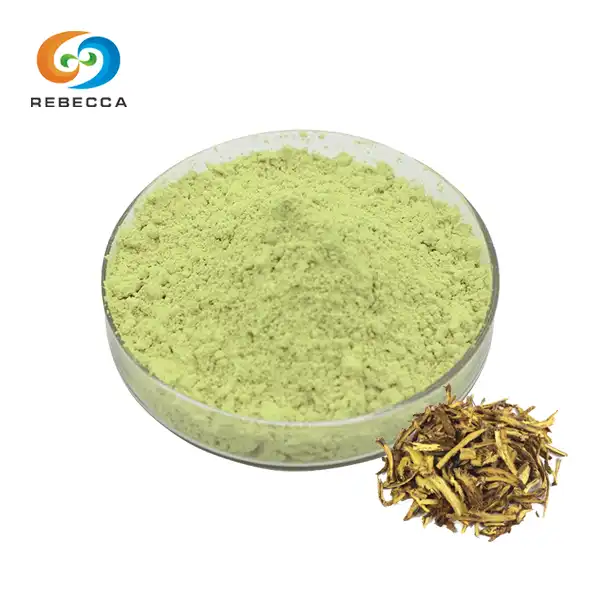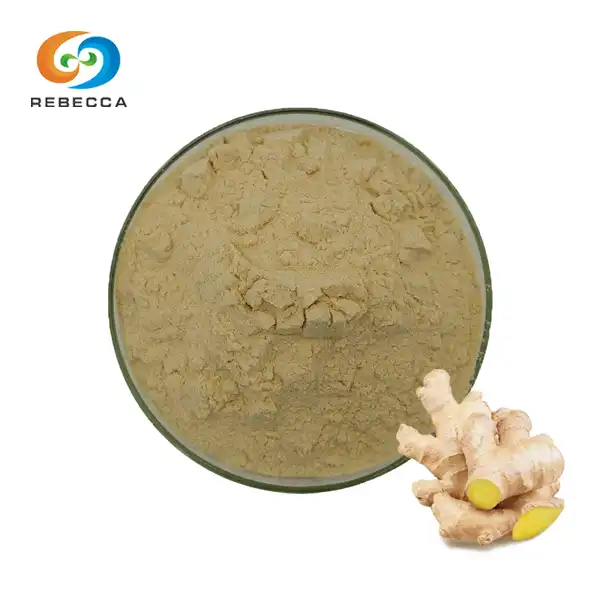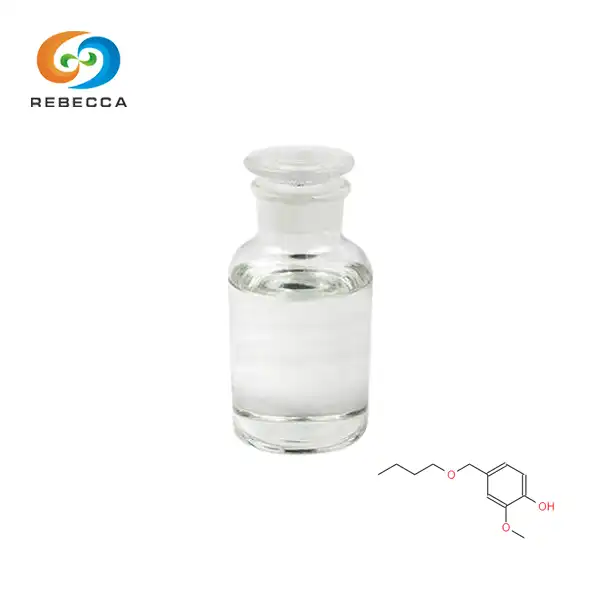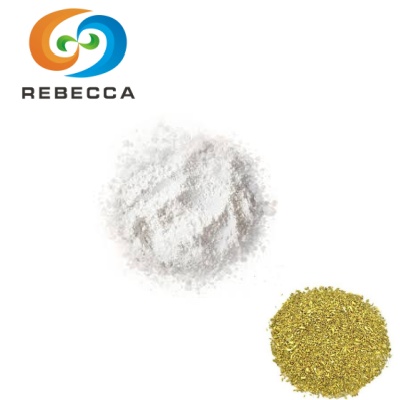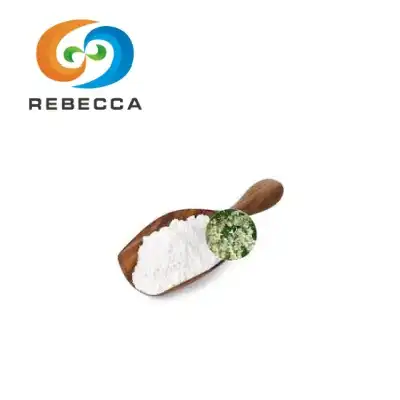What is laminaria powder?
The ocean's depths harbor a wealth of natural resources with remarkable nutritional and medicinal properties. Among these treasures, laminaria has emerged as a particularly valuable marine organism. laminaria powder, derived from specific species of brown seaweed, has garnered significant attention in scientific research, dietary supplementation, and various industrial applications. This naturally occurring substance offers a complex array of bioactive compounds that may provide numerous health benefits and functional properties.
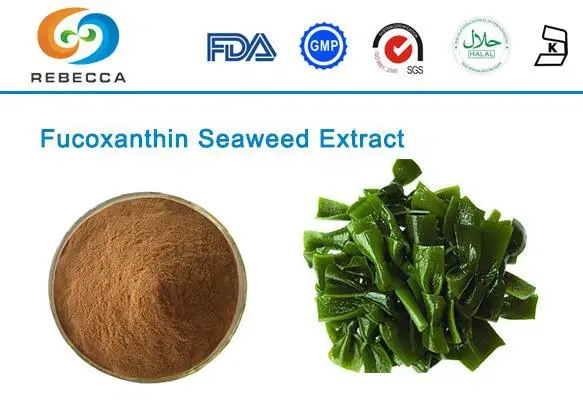
Derived From Kelp
Laminaria powder originates from brown macroalgae belonging to the Laminariaceae family, commonly known as kelp. These large seaweeds grow primarily in cold, nutrient-rich waters of the Northern Hemisphere, forming underwater forests that serve as crucial marine ecosystems. The genus Laminaria encompasses several species used for powder production, including Laminaria digitata, Laminaria japonica (also known as Saccharina japonica), and Laminaria hyperborea. Each species contributes slightly different nutritional profiles to the resulting powder, though they share core characteristics.
The transformation from fresh kelp to laminaria powder involves several carefully controlled steps designed to preserve bioactive compounds while eliminating potential contaminants. After harvesting, the kelp undergoes thorough cleaning to remove salt residues, sand, and epiphytes. The cleaned seaweed is then typically dried using methods such as sun-drying, oven-drying, or freeze-drying, with the latter being preferred for maximum nutrient retention. Once dried, the kelp is ground into a fine powder using mechanical milling equipment. Some manufacturers employ additional processing techniques, including extraction with water or solvents to concentrate specific components like fucoxanthin.
The color of laminaria powder typically ranges from olive-green to brown, reflecting its rich content of pigments including chlorophylls, carotenoids, and fucoxanthin. The latter gives brown seaweeds their characteristic color and represents one of the most valuable components of Laminaria. The aroma of the powder is distinctly marine, while its taste is umami-rich and somewhat salty, though less intense than in its whole-seaweed form.
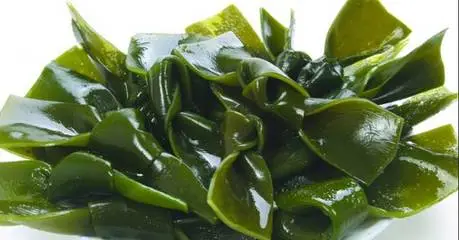
Key Composition
The nutritional profile of laminaria powder reflects its marine origin, offering a distinctive composition that differs markedly from land-based plant products. Understanding this unique biochemical makeup helps explain the potential health applications of this seaweed derivative.
Perhaps the most notable component of laminaria powder is its significant iodine content, which far exceeds that found in most terrestrial foods. Iodine plays an essential role in thyroid function and metabolic regulation, making it a potential supplementary source of this vital mineral. However, the iodine concentration can vary considerably depending on species, harvest location, and season, necessitating careful quality control in commercial production. A typical analysis might show iodine levels ranging from 700-5000 μg per gram of dry weight, though these values can fluctuate significantly.
Laminaria powder contains a diverse array of polysaccharides, with alginates being particularly abundant. These complex carbohydrates form a significant portion of the cell walls in brown algae and contribute to the powder's functional properties. Alginates demonstrate remarkable water-holding capacity and gel-forming abilities, which partly explains their widespread use in food technology and pharmaceutical applications. Another notable polysaccharide is fucoidan, a sulfated compound that has attracted scientific attention for its potential antioxidant, anti-inflammatory, and immunomodulatory properties.
Among the bioactive compounds in laminaria, fucoxanthin stands out for its multiple potential health benefits. This orange-colored carotenoid pigment is responsible for the brownish coloration of kelp and has been extensively studied for its antioxidant properties and potential metabolic effects. Commercial laminaria powder products are often standardized for fucoxanthin content, with some specialized extracts containing concentrations as high as 10% as measured by UV spectrophotometry.
Recent Research
Scientific investigation into laminaria powder has accelerated in recent years, with researchers exploring its potential applications across multiple health domains. This growing body of evidence provides insights into how this marine-derived substance might benefit human health, though it's important to note that many studies remain preliminary, and further clinical validation is needed.
Metabolic health represents one of the most extensively studied areas for laminaria powder applications. Research has focused particularly on fucoxanthin, a carotenoid abundantly present in laminaria. Animal studies have demonstrated that fucoxanthin may influence fat metabolism through multiple mechanisms, including the upregulation of thermogenin expression in white adipose tissue and modulation of various metabolic enzymes. Human studies, though fewer in number, have begun to examine whether these effects translate to clinical benefits. A 2015 randomized controlled trial involving 80 participants found that a fucoxanthin-rich supplement derived from brown seaweed led to modest improvements in weight management parameters when combined with a balanced diet.
Its antioxidant properties have garnered significant research attention. Laboratory analyses have confirmed substantial radical-scavenging activity in various extracts, attributable to compounds including fucoxanthin, phlorotannins, and certain polysaccharides. This antioxidant capacity may help explain some of the observed tissue-protective effects in experimental models, though the degree to which these benefits occur in vivo following typical consumption patterns requires further investigation.
Researchers have also explored the potential immunomodulatory effects of specific laminaria powder components. Fucoidan, a sulfated polysaccharide present in the powder, has demonstrated immune-enhancing properties in laboratory studies. Research published in the Journal of Agricultural and Food Chemistry suggested that fucoidan may stimulate certain immune cell activities and modulate cytokine production. These findings point to potential applications in immune support, though translational research linking these mechanisms to clinical outcomes remains in early stages.
As research continues, scientists are working to address important questions regarding optimal dosing, bioavailability of key compounds, potential contraindications, and long-term safety profiles. The development of standardized extraction methods and analytical techniques has facilitated more consistent research outcomes, though variability in raw materials remains a challenge for the field.
Rebecca: Laminaria Powder Supplier
As a leading provider of premium laminaria powder, Rebecca specializes in delivering high-quality marine-derived ingredients for nutraceutical, cosmetic, and research applications. Our fucoxanthin 10% is carefully processed to preserve its natural bioactive compounds while ensuring consistent quality and purity.
Product Specification:
- Fucoxanthin 10%, verified by UV spectrophotometry
- Test Method: UV
Our standardized laminaria offers reliable fucoxanthin content for manufacturers developing supplements, functional foods, and cosmetic formulations aimed at supporting metabolic health, antioxidant protection, and other applications supported by emerging research.
For more information about our products, bulk ordering options, or to request a sample, please reach out to our team at information@sxrebecca.com.
